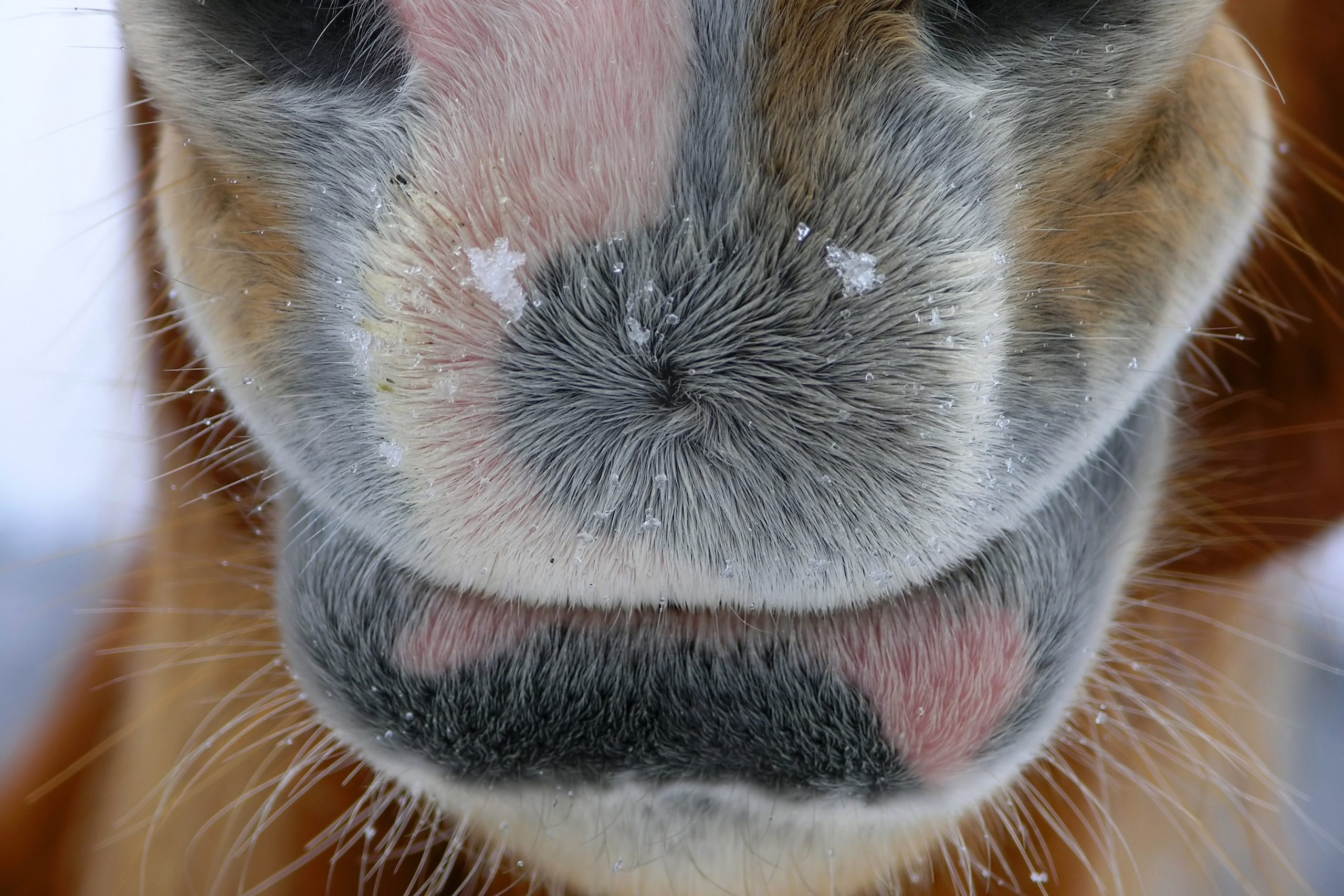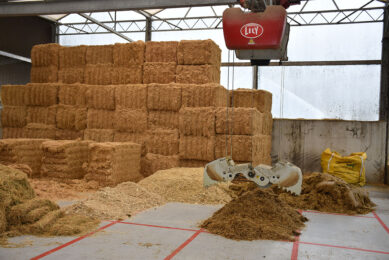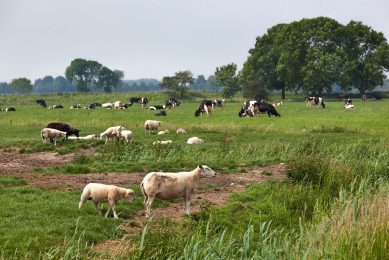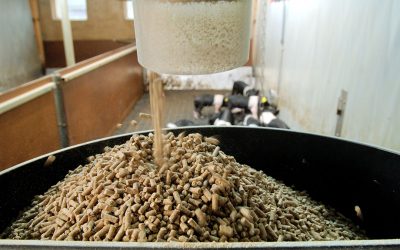3 examples of poisoning in horses

Horses can get sick after ingestion of toxic plants or chemicals. This can damage the gastrointestinal tract, researchers found. Here we list 3 examples of poisoning.
When toxins are ingested by the horse, often the extensive organ-specific damage overshadow the gastrointestinal lesions. The intestinal lesions are therefore often overlooked. We describe a few toxins and poisonous plants that primarily cause gastrointestinal disease in horses.
 Heavy metal toxicity
Heavy metal toxicity
Heavy metals rarely poison horses and, when they do, they are generally caused by medicinal or diet misformulation (mercury, selenium), contaminated pastures (lead, zinc, arsenic), or contaminated water (cadmium). All heavy metals produce gastrointestinal lesions with colic and hemorrhagic enteritis; however, most also produce extensive neurologic disease or nephrosis, making the intestinal lesions seem minor in comparison. Arsenic poisoning for example is usually caused by contaminated feed, especially contaminated grain. Mercury poisoning is uncommon today, because its toxicity is well-known and its use has been discontinued in most medicinal, manufacturing, and industrial processes.
 Mechanical damage and obstruction
Mechanical damage and obstruction
There are various grasses, such as foxtails, medusa head rye and triticale that cause mechanical damage as they injure mucosal surfaces of the mouth, eyes, ears, skin folds, and migrate through soft tissues. Avoiding contaminated hay and maintaining pastures to avoid exposure is recommended. Furthermore, some plants have indigestible fibres, burrs, and some poorly identified plant parts that cause concretions in the gastrointestinal tract, especially in the equine colon, where they increase in size until they intermittently or permanently obstruct colonic function and flow. Of the plants, persimmon has the highest association because it has been reported to cause epidemic outbreaks of equine gastric phytobezoars and colic.
 Ingestion of toxin producing plants
Ingestion of toxin producing plants
Some nightshades belonging to the Solanum species are known to poison livestock. These plants produce several toxic syndromes because they contain both steroidal glycoalkaloids that cause severe gastroenteritis and cholinesterase inhibitors that produce neurologic disease. Treatment generally is symptomatic with use of fluid therapy, activated charcoal, and cautious use of cholinergics such as physostigmine. Some Solanum species invade into fields and commonly contaminate hay, where they can poison livestock. Other toxin producing plants include Pokeweed (Phytolacca americana), Ricinus communis (castor bean), Jimsonweed (Datura stramonium), Convolvulus arvensis (field bindweed, morning glory) and Black and New Mexican black locust (Robinia pseudoacacia and R neomexicana).
This information was taken from the article: Toxic causes of intestinal disease in horses, by Stegelmeier, B.L., and T.Z. Davis. Veterinary Clinics of North America: Equine Practice. In press.











